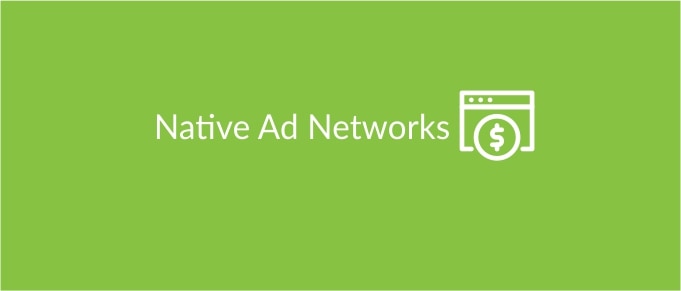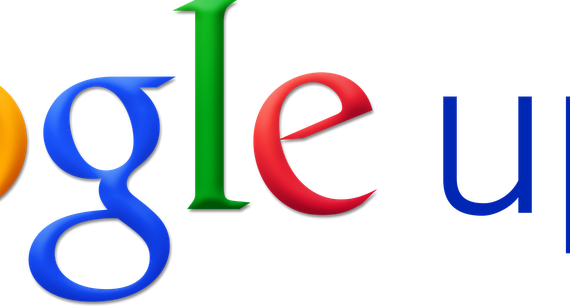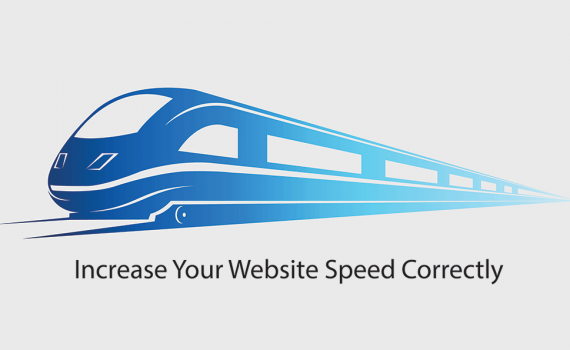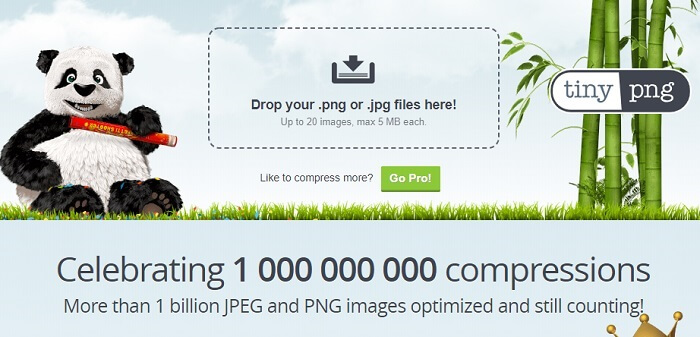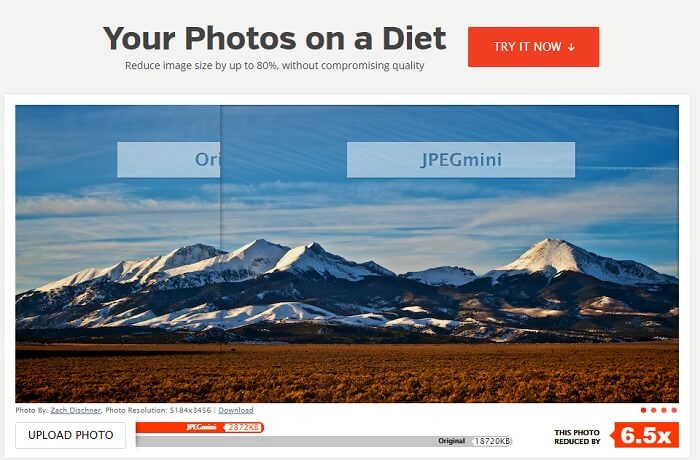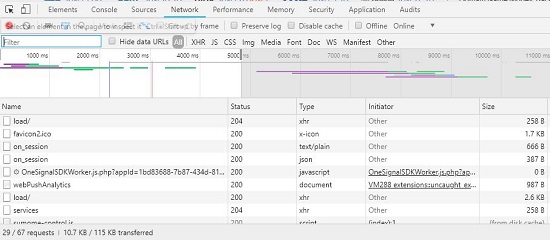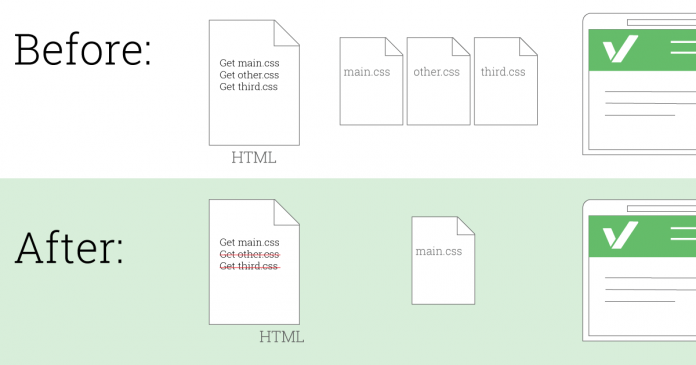
10 best Google Adsense alternatives to join
Category : Make Money Online
If you will not follow them Google will disable your account and will not make your account accessible anymore to make money. So you have a site or blog and you have got banned from Adsense then? How will you earn from your site or blog? How will you monetize your site or blog? These are some of the most important questions for blogger and site owners.
So in this post, you will find some alternatives to Adsense. You must know that these networks are not as much profit as Adsense is! But you can still earn a good amount of money with your traffic. Some of them are easy to get approval and other need some verification to give you chance to monetize your site.
INFOLINKS

Infolinks is an ad network which offers the best ads for publishers. This ad network works well on those sites which have large text-based topics. It indexes the pages to your pages to impel their ads on the site to display.
There are several types of ads for publishers to display. The most important ad type which infolinks provide is their in-text ad links. these words are double underlined or dotted underlined. So it is a good platform for those publishers which have the site with large content.
CHITIKA

This network has over 350000 publishers.CHITIKA deliver more than four billion ads per month. This advertising network has some of the big advertising partners like Homo Advertiser and Yahoo.
You can use alternative ads in this network. Here you can show those ads to non-organic visitors too.
You can withdraw your payment through Paypal when it reaches a minimum of $10. You can also earn from CHITIKA network through their affiliate program.
CLICKSOR

CLICKSOR is One of the best ad networks from our list of 20 best high paying Google Adsense alternatives. This network gives the opportunity to the publishers of various ad types. Here you will find banner ads, text ads and clickable ads too. So you have lots of options to get more profit from this network.
With the ads of this network, the visitor will see context-sensitive ads on your site. So visitors will be forced to click on ads.
You can withdraw your earnings through Paypal or check when your earning reaches a minimum of $50.You can also apply for their affiliate program through which you can earn a 10% commission.
BIDVERTISER

This ad network is different from other networks. You will be paid on clicks and conversions . This way you can earn some extra money too. This network offers different types of ads like banner ads, text ads, mobile ads, etc.
One of the best things about this network is that you can use their a point-and-click ad builder tool to choose those ads which suits your site’s look.
Publishers can withdraw their earning through Papal, check or wire when it reaches a minimum of $10. One of the bad things of this network is they apply advertising bid system.
POPMYADS

This network is also a pop-under ad network. You can apply for this network from any country. They have a very fast approval system. You will get approval within an hour.
You may check their TOS for more info about site type approval. You can withdraw your earning through Paypal, Payza when it reaches a minimum of $5. You will get your payment from 1 to 7 days.
VIGLINK

VigLink is another great opportunity for site owners to monetize their sites. This network will convert your post’s key phrases into affiliate links.
They have around 35,000 affiliates. One of the bad things of this network is that they only give 25% to 50% revenue earned by clicks on links to their publishers.
You can get approval easily you just have to submit your site and when you will verify your email you will get approval. So if you do not have other option then this is good for you.
ADVERSAL

This is one of the best alternatives for Adsense. You will get approval fast if you will fulfill their requirements. So make sure you fulfill their requirements before applying to this network.
In this network, you will find lots of banner ad types and sizes. Pop-unders and ministerial type ads are also available for publisher use. If your site does not get 50,000 page views per month then Adversal will reject your site.
You can withdraw your amount when it reaches the minimum of $20.they pay via PayPal to publishers. They also offer an affiliate program through which you can also earn some extra amount.so it is a better chance for publishers to apply to Adversal.
REVENUEHITS

It is an advanced ad network. It is a good option for those who are looking for Google Adsense alternatives. That is why we have listed it at number 5 from our list of 20 best high paying Google Adsense alternatives.
They have a nice variety of ad types including pop-under, banner, sliders, and many more. This network offers geo-targeted ads as well as contextual ads. This network is not a CPC or CPM network but it is a performance-based network (CPA).
It means you will not be paid when someone will click on the ad but you will be paid when that visitor will take particular action like he/she will subscribe or will watch a video, etc.
You can withdraw your payment through PayPal, Payoneer and wire.the minimum payout of Revenuehits is $50.You can’t get if you do not have content on your page. This site pays high but if your visitors will take an action on that ad.
AD MAVEN

Ad Maven is also one of the best options for publishers to make money from their websites and blogs. This ad network also has lots of monetization methods to offer.
You can use different types of ads on your site or blog like banner ads, popunder ads slider ads etc. So here you will find many options to choose from. According to Ad Maven, over 500 million ad impressions are served on a daily basis.
Ad maven will approve your site very fast to show ads on your site. One of the best things about this ad network is that they will scan your site and will give you those ads which will be beneficial for you.
POPADS

This is also one of the best alternative options. According to them if you have 1000 unique visitors then you can earn $4 per day.
The best thing about this network is that you can withdraw your earning anytime. Ans also you can select how pop-under ads will display on your site. You can withdraw your earning on a daily basis if you are earning $5 per day on this network.
So it is also a good option for those sites which have got banned from Adsense or they are not getting approval from Adsense.



















